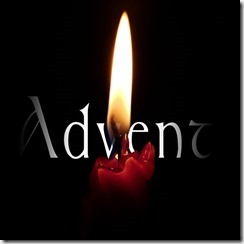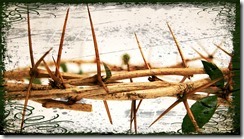“The church year was developed centuries ago as a teaching tool. From four Sundays before Christmas to the celebration of the ascension of Jesus, it tells the story of the Christian faith. Advent is the story of the sinful world yearning for a savior. It focuses on Old Testament prophecy related to the coming Messiah”( Rev. Roland McGregor).
The church calendar contains different seasons of the story of Jesus. Each season helps us to get into the flow of the Christian story. In each season, we take the time to learn, experience and live in the story of Jesus and let his story enter our story.
 Advent is part of a larger system of discipleship to teach people who Jesus is, who they are in Christ and what we are to do. During advent, we can hit upon the two major themes of Christ’s first coming and his second coming.
Advent is part of a larger system of discipleship to teach people who Jesus is, who they are in Christ and what we are to do. During advent, we can hit upon the two major themes of Christ’s first coming and his second coming.
If one follows the church year, which starts with the advent, when it comes full circle they will have journeyed through the life of Christ.
We may see advent as a time to just light candles and sing some Christmas songs, but traditionally it is a call to learn and enter the story of Jesus. Advent is not just a tradition, for tradition sake, but a call to obey the commands of Jesus. It is as we embrace Jesus that we enter, engage and experience the life we were created for.
On a Personal level in my home, we use advent as a way to disciple our children. One year we even used a type of advent calendar that had a scripture reading that we read each day. Each night we light a candle, which provides a moment to call them to Jesus, to enter the story of Jesus and talk about the story of Jesus.
Some may say, “but do we not do this throughout the year?” The reality is many have not thought through or have any system in place to make disciples. How are we going to teach people to follow Jesus? Advent can be a tool to help.
Advent can serve as part of a larger system to teach about Jesus. I am not convinced that we have to be legalistic about it. I do believe for the corporate body it can help larger teaching and guiding of the community to cultivate and foster faith in Jesus. In a smaller community, like my family, it provides times for specific conversation.
How have you used advent to teach the young, or old, and or searching in the faith about the story of Jesus?


